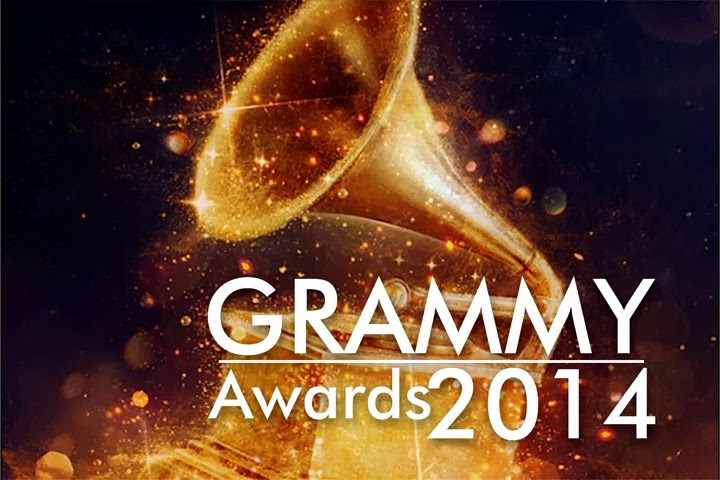The other event is the movie "Monuments Men" that tells how the United States Army, with a cadre of experts, managed to save the majority of the great works of art looted by Hitler at the end of World War II. Since the movie doesn't come out till February 7th, let's focus on Detroit.
.jpg) |
| "Watson and the Shark" by American Artist John Singleton Copley |
In scenes not dissimilar to the rape of the Barnes Collection by the Philadelphia Museum of Art, the DIA seems ready to be plucked. Sotheby's Auction House even estimated that an assortment of the collection might bring from about $485-785,000,000 . Many critics, myself included, have screamed howls of rage at these valuations. Even that hardly reliable source, Wikipedia, gives a value over $1 billion. Housing one of America's best collections of American artists, I find Copley's painting in the collection especially apt. Can't you see the auctioneer pushing the drowning man away with a gavel? "Mine, mine, its ALL mine!!!
These valuations mirror the Philadelphia Museums attempts to say Barne's 583 priceless Impressionist works of art, art most any art lover would recognize instantly, a collection that had 189 Renoir's, 7 Van Gogh's plus Monet's, Gauguin's, Matisse, Degas', Cézanne and many others, were worth around $485 million as they struggled and finally did, break its trust. Curators around the world howled the true value started at about $4.4 billion (nearly 20 years ago now) and would more likely go up from there. One Matisse was considered priceless. Remember, these artists are dead. There will be no more. Ever, again.
Reading today of groups trying save the museum as it is today, patrons are willing to create its own non-profit to shield the museum which oddly is city owned but withdrew funding years ago. Looking up the collection to see what the fuss was about, since I've never been there, I was stunned to see more than a few masters. Considering that The Getty purchased Van Gogh's "Irises" for the stunning amount of $56 million over 20 years ago, just looking at the Rubens, Van Gogh's, Degas', Renoir's, Sisley's, Dore, Delocroix, Dürer's, Rembrandt's and many others, just plucking a few from that list alone would bring $800 million. For us Antiques Roadshow buffs they might get $5 - 10 billion on auction.
The larger question is, does it really matter? Do any of us really care?
I say we should care. Modern man, Homo Sapiens, left their African origins around 50,000 years ago. In a feat not accomplished by our Neanderthal relatives, it appears they settled the entire earth, that which was habitable, within a few thousand years. That had never happened before. Not only did they settle the earth, they left art that even today leaves us breathless. Visiting the Lascaux Caves in France, over 18,000 years old, we are still in awe of what our ancestors created. As we study our genetic history we are finding that more and more of the things we do have a genetic imprint. It appears art was one of those as well.
A museum is a thoughtful collection of art, usually brought from around the world and yes, can be in circumstances that beg the difference between purchasing and looting. I admit I laughed at Luxor when our guide noted a matching obelisk was in Paris. When I saw it in Paris I realized it was far better treated there than it would be in Egypt. There is so much and they are so poor they can barely manage what they know about. You walk, even today, over the ruins of Memphis. No one is really sure what is under our feet but as royal capital for more than 2,000 years, there must be something.
Art is an expression of man's place in this world. Be it ethnic, religious, cultural or national, it depicts with images, long before writing, how he feels he fits in. Few people on any place on earth are not moved by art, at least by the standards of what they understand. I don't expect a pigmy to understand a Renoir, though he might, but he will identify with an esteemed tribal artist that creates something that he understands. Art is often a mirror showing us what is. I read a fascinating book once that said modern artists in their own way used 20th century art, art that seemed to just come out of themselves, to predict the traumatic changes the digital age would create.
Art is our legacy. Every person needs to be exposed. We took our children from the time they were born to museums. They love going to them today and make interesting observations regarding a painting and events in their lives. That is what art is supposed to do. Connect us to our world. To gut a museum is to rob all of us of this legacy. When merely 85 of the richest families on earth control more wealth than 3.5 billion people, do you think we would ever see this heritage again? At least in our lifetimes? I think not. What's mine is mine and you can kiss off the riff raff, the same riff raff that had they been exposed to art might have created even more.
As a church colleague observed during one discussion to the stunned listeners in the room, "Money turns the crank," maybe its time to say wait a minute. Lets talk about this. Is it fair to all concerned? Should we let money make the decision for us or is there a greater good that can happen here? I think its time to have that discussion. What do you think?
Visit KrugsStudio.etsy.com for my latest night light birdhouse. Thank you for reading!













